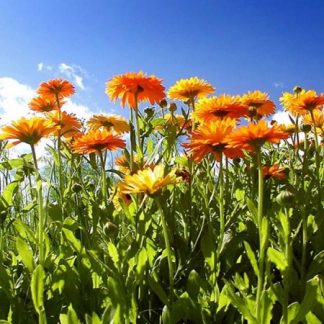Description
Valerianaceae (family name)
Forage for Pollinators: Produces Nectar and Pollen for Honeybees, Bumblebees, Solitary bees and some Butterflies. There are some references to it also being a honey surplus plant, though this may depend on soil and temperature. Pollinated by bees, flies, butterflies, beetles.
Flowering time: June, July, August.
Growing information: NATIVE PERENNIAL WILDFLOWER growing to 1.5 m (5ft) by 1 m (3ft 3in). This wonderful wildflower bears masses of pinkish-white umbel-shaped flowers which are highly fragrant with the most hypnotic scent; something like roasting marshmallows or warm vanilla ice-cream, and it will pervade its area (Valerian flower extracts were used as a perfume in the sixteenth century). They will grow in any garden soil in full sun or partial shade. They can self-seed but are very easy to hand pull if the drift becomes too large.
Also a frequently and currently much-used medicinal herb with a long, proven record, especially for its effect as a tranquilliser for people suffering from nervous disorders and shown to encourage sleep, improve sleep quality and reduce blood pressure.







